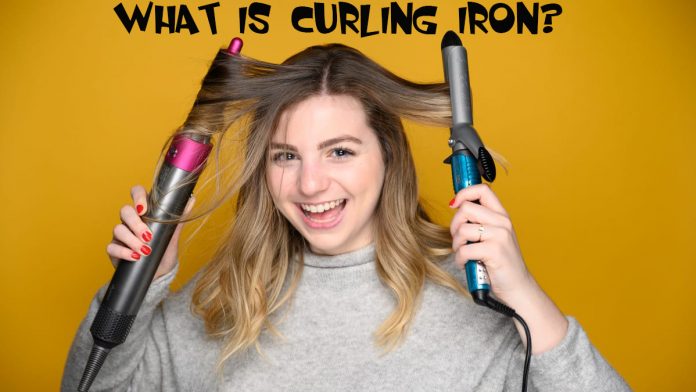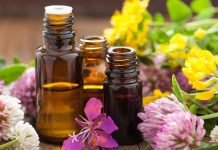A curling iron, or curling wand, is a styling tool that is used to create curls or waves in the hair. The tool is available in many different types that can vary by the material used in their construction, diameter, type of handle, shape of barrel, and heating technology.
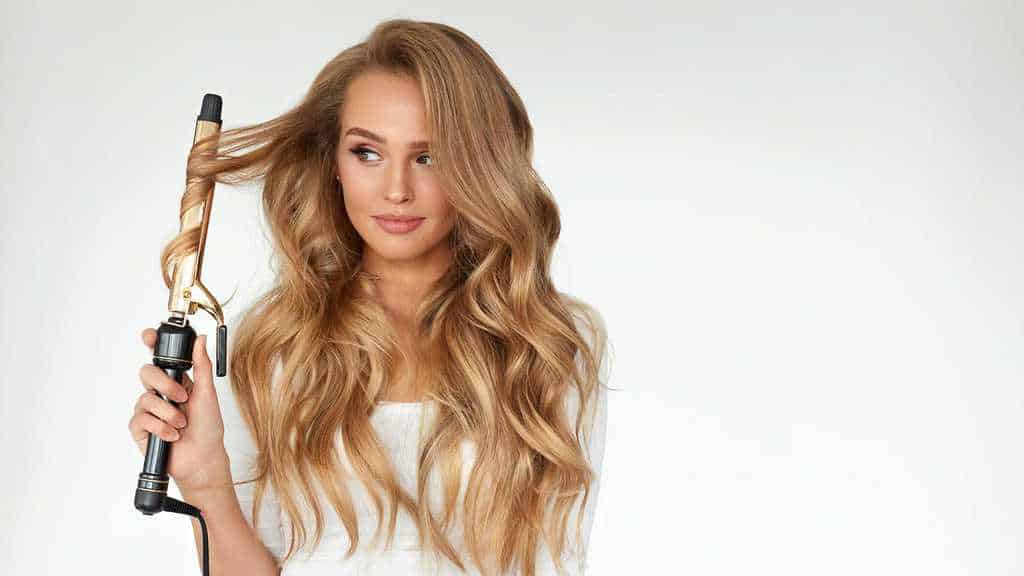
The most common materials from which curling irons are made out of include:
- Metals (i.e.,aluminum, gold) – are used in curling iron barrels due to their strong heat conductive qualities.
- Titanium – a very sturdy but lightweight metal, which is used in the construction of a wide range of hand tools, including curling irons.
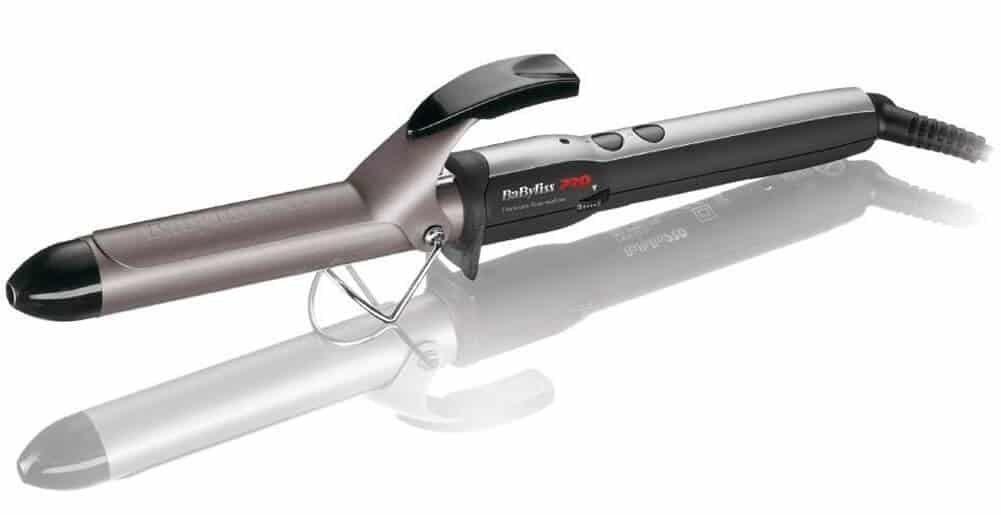
3. Ceramic – produces gentle, even heat which minimizes hair breakage and dryness during the styling process.
4. Tourmaline – a relatively new material that emits negative ions which break down water molecules in the hair, thereby helping to achieve smooth, frizz-free, and plumper-looking hair.
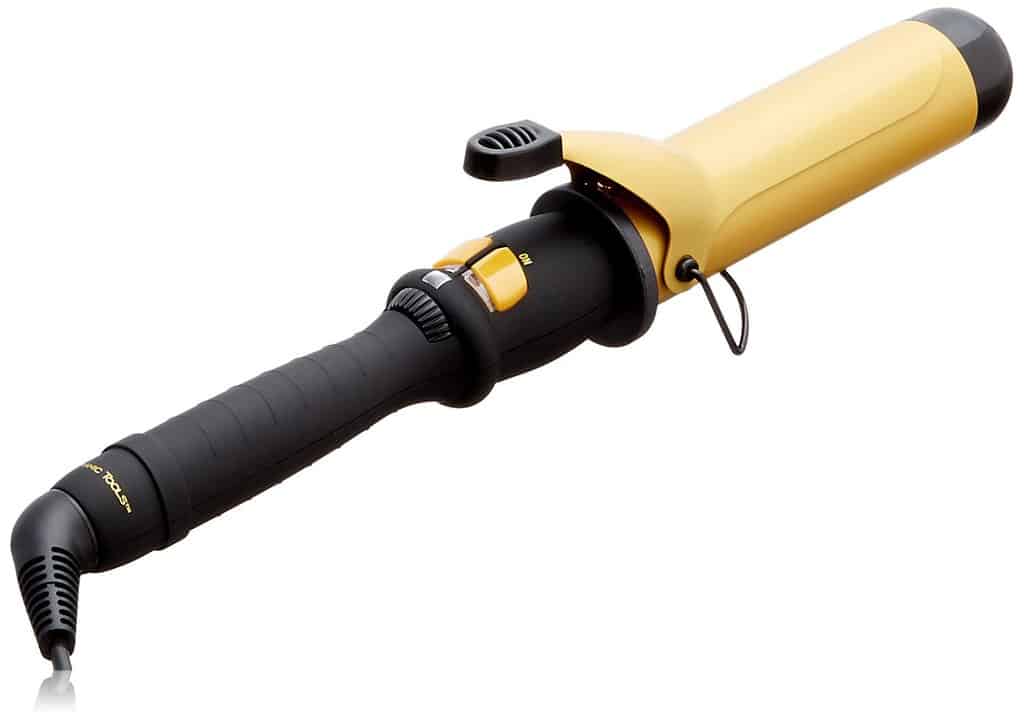
5. Teflon – slides smoothly through the hair, which prevents styling products from accumulating on the curling iron barrels.
The diameter of the barrel can be small, medium, or large. Small-sized curling irons range from 0.50 inch to 0.75 inch, and they are used to create tight, small curls on short hair. Medium width curling irons have a barrel size of 1 inch, and they are ideal for making spiral curls on medium-sized to long hair.
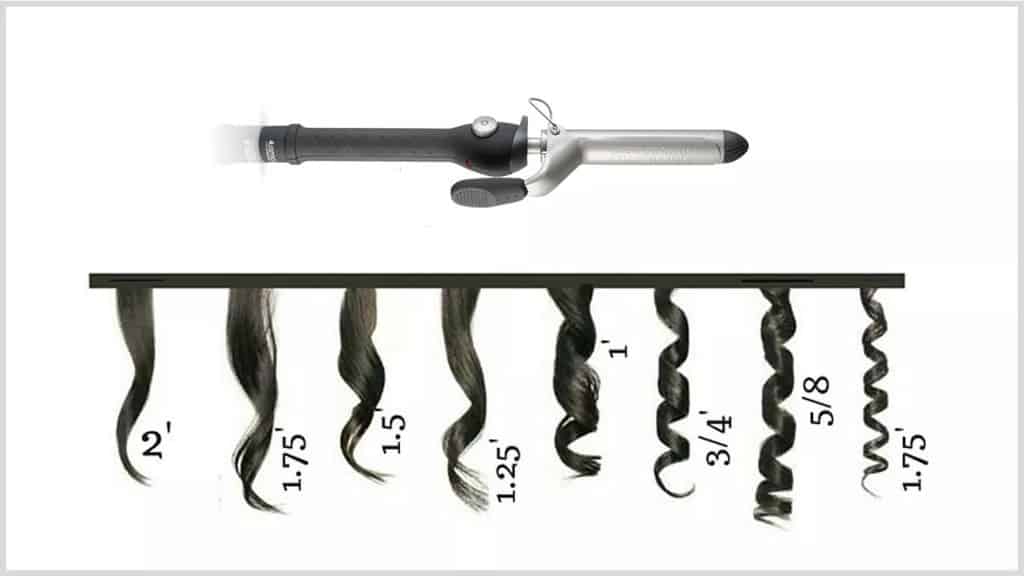
But the medium barrels can also produce nice, long-lasting barrels on shorter hair. Thick or large barreled curlers have a diameter of up to 2 inches, and they create loose waves or large, bouncy curls on long hair.
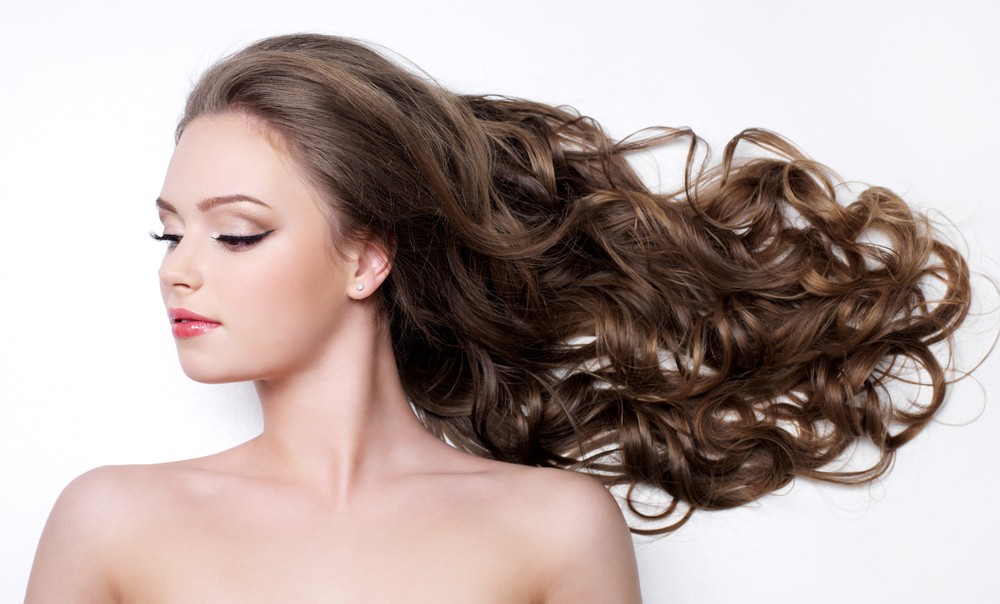
Curling irons have two major options for handle mechanisms:
- Spring loaded handle – is very user-friendly, and is commonly utilized in curling irons for home use.
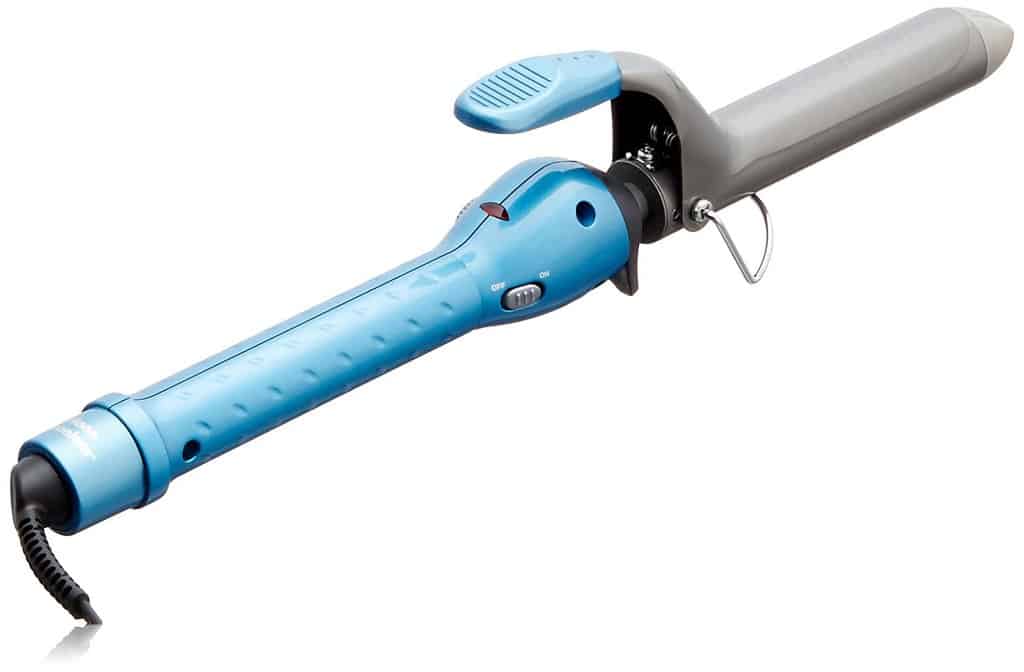
2. Marcel handle – can be tricky to use on your own, and curling irons with this type of handle are often used by professionals in the salon.
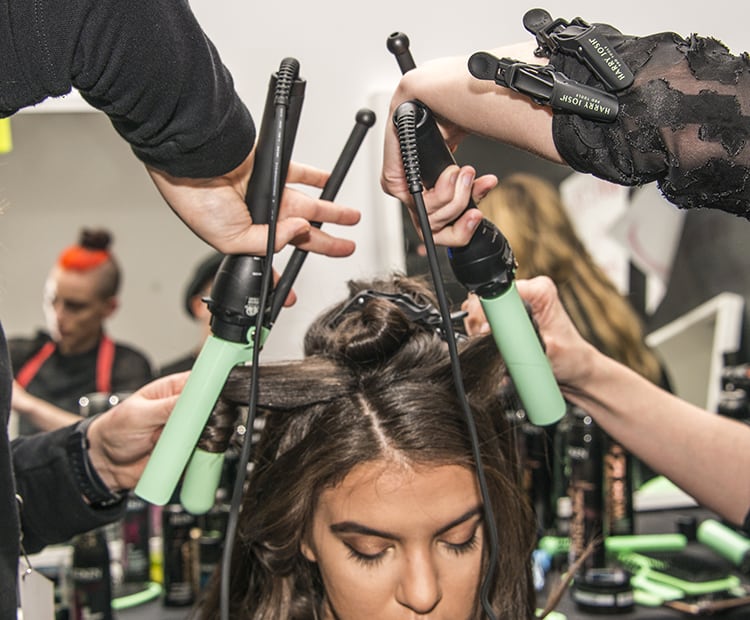
Note that, the new styling “wands” are held differently than the traditional irons since they don’t come with a holding clip to keep the hair in place. They are also sold together with a glove which you can use to wrap the ends of the hair around the barrel, so you can achieve finished-looking curls.
Different curling irons have varying barrel shapes, including:
- Cylindrical – delivers spiral curls.
- Conical – produces curls that are wider near the scalp, but slightly tighter towards the ends.
Reverse cone shape – creates curls that are tighter near the scalp, but slightly wider towards the ends.
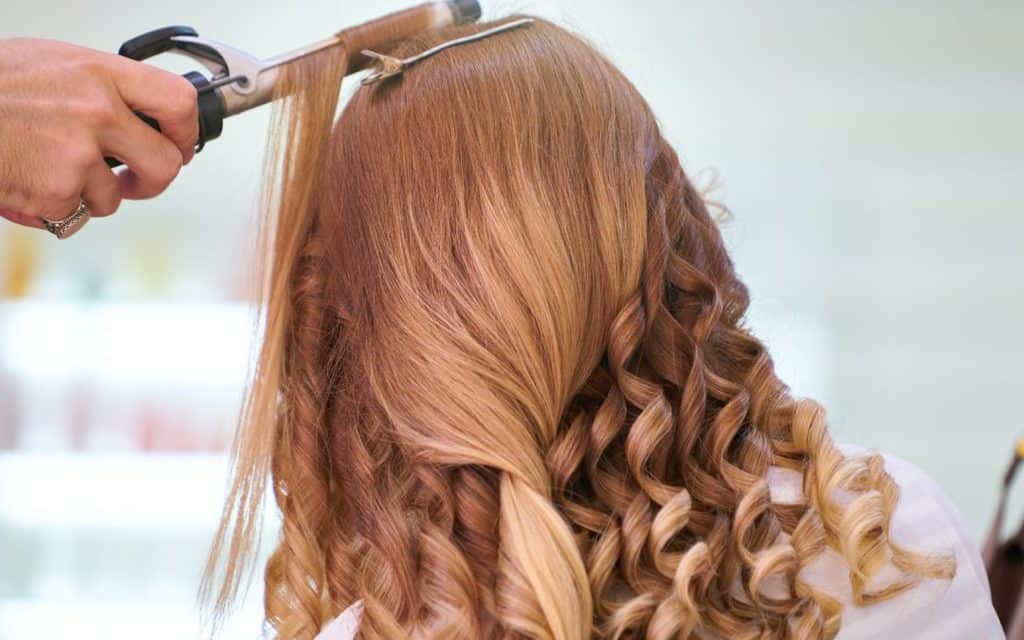
- Double barrel – creates wide waves.
- Triple barrel – helps create a beautiful, repetitive wave pattern.
- Brush attachments – helps add soft curls.
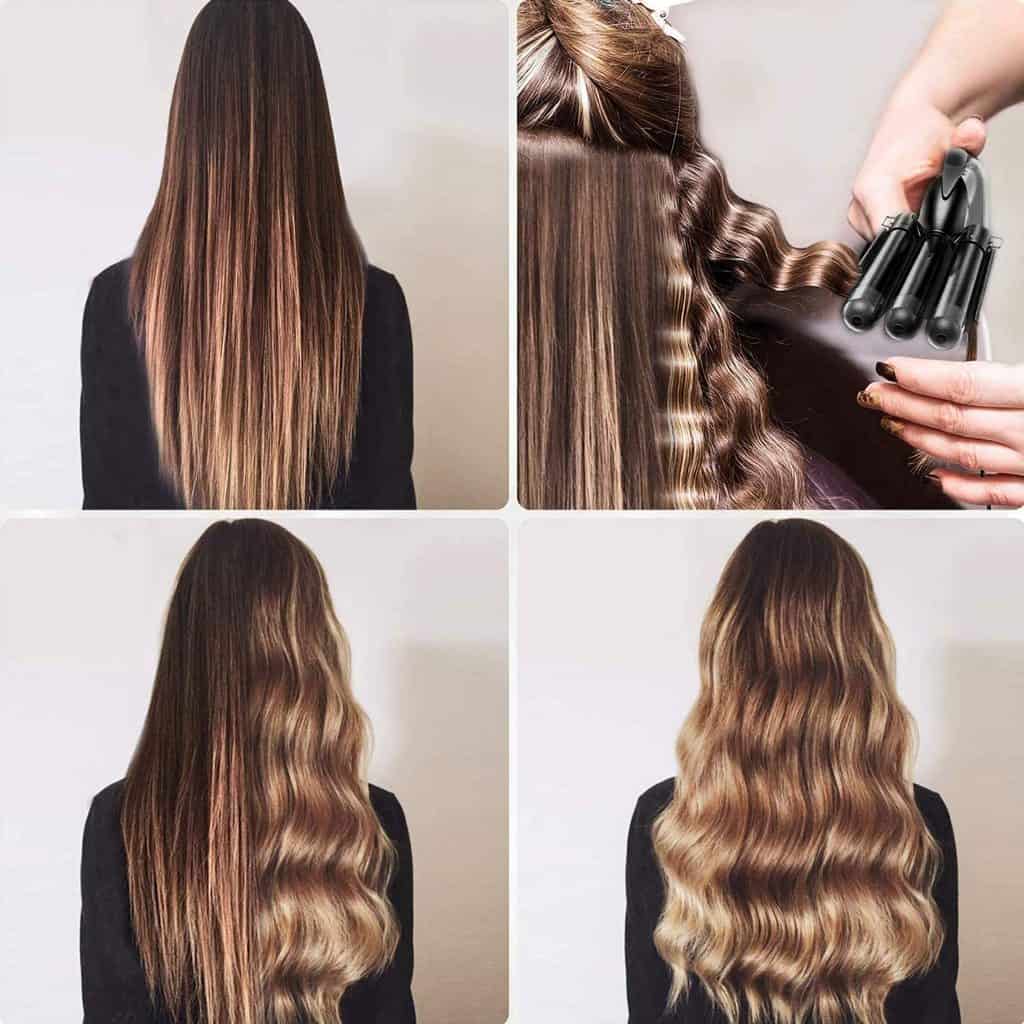
Although most curling irons come with a cord for connecting into a power source, there are some rechargeable, cordless irons (just like a mobile phone), which can be very handy for travelling. There are also others that use butane (gas) cartridges.
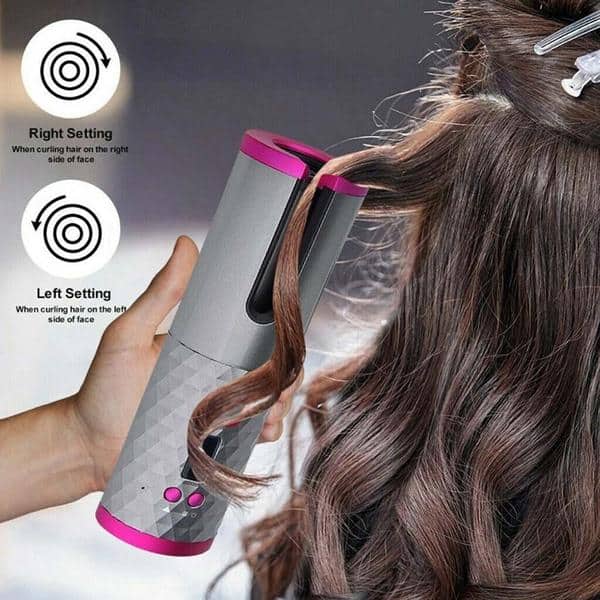
Curling irons are best used during those busy mornings when you need fast touch-ups, or when you want a wavy hairstyle. However, they are not ideal for creating a full head of tight spiral curls – as they can be time-consuming. For a full head of tight, spiral curls, you need to use hot rollers.
How to Use a Curling Iron
(a) Plug the curling iron into a power source (not near water), and heat it up. If you have fine hair, let it heat to 320 degrees Fahrenheit. For fine hair, heat it to 430 degrees Fahrenheit. Try experimenting to find the best temperature for your hair.
(b) Brush your hair.

(c) Separate the hair into sections.
(d) Curl your hair, working in sections.
(e) Use bobby pins or hair clips to fasten and compact the curls.
(f) Spray the curls with hairspray for long-lasting and effective results.

(g) Wait for the hair to cool down, and then take off the pins or clips.
(h) Tousle the hair slightly with your fingers.
(i) Spray your hair lightly with hairspray to give the curls hold.


